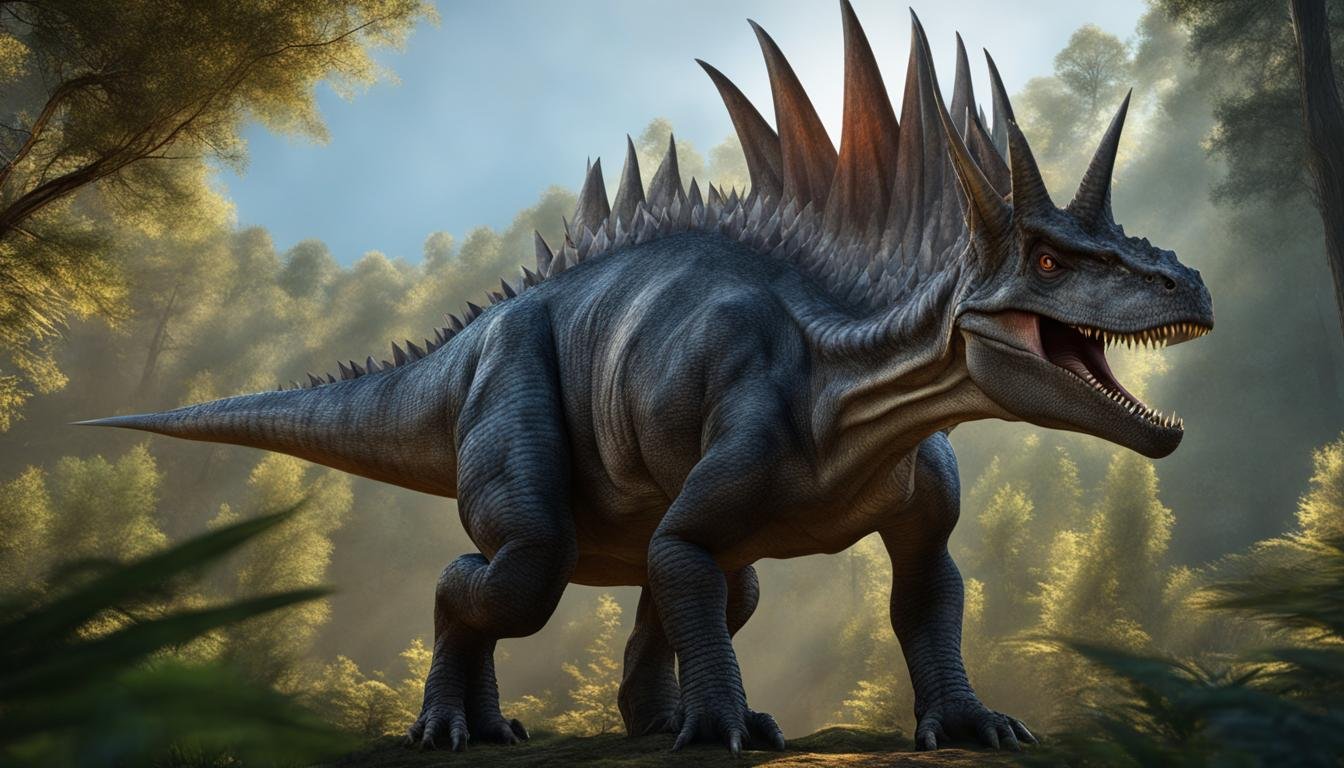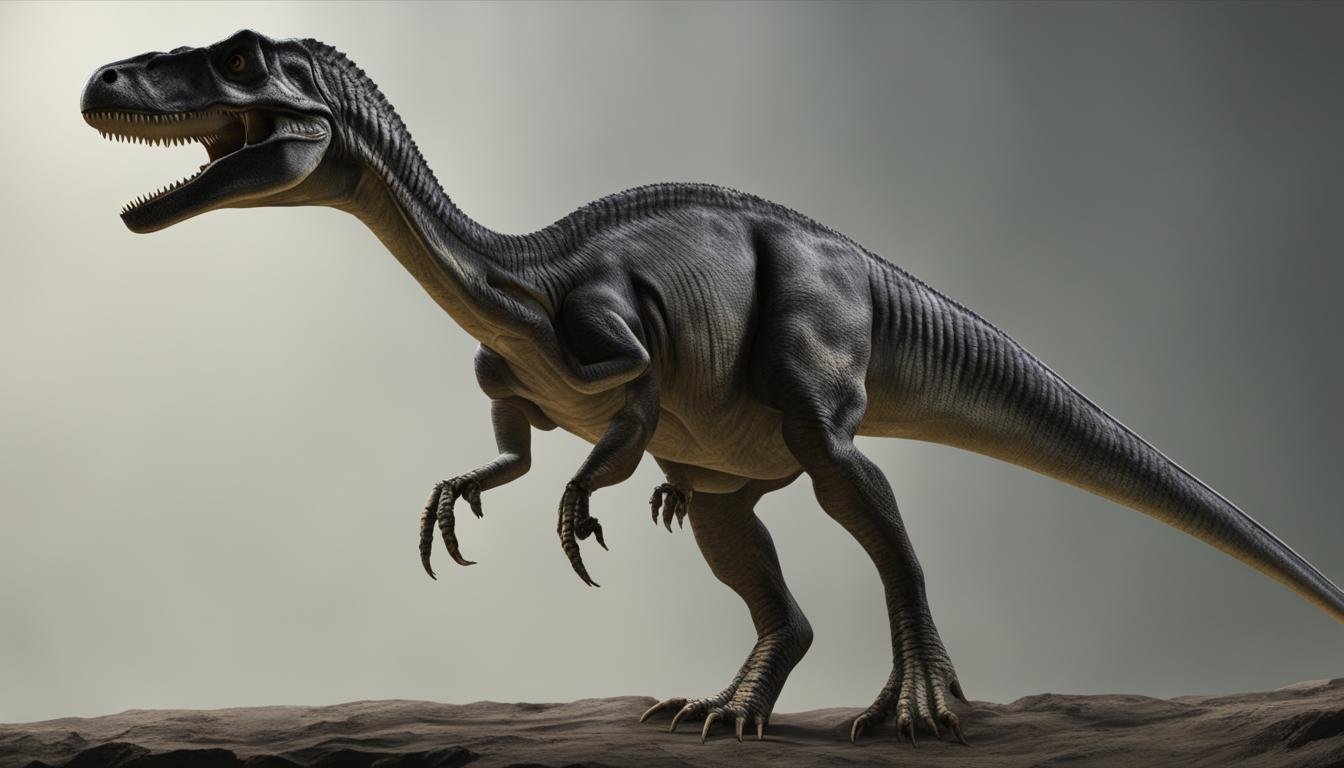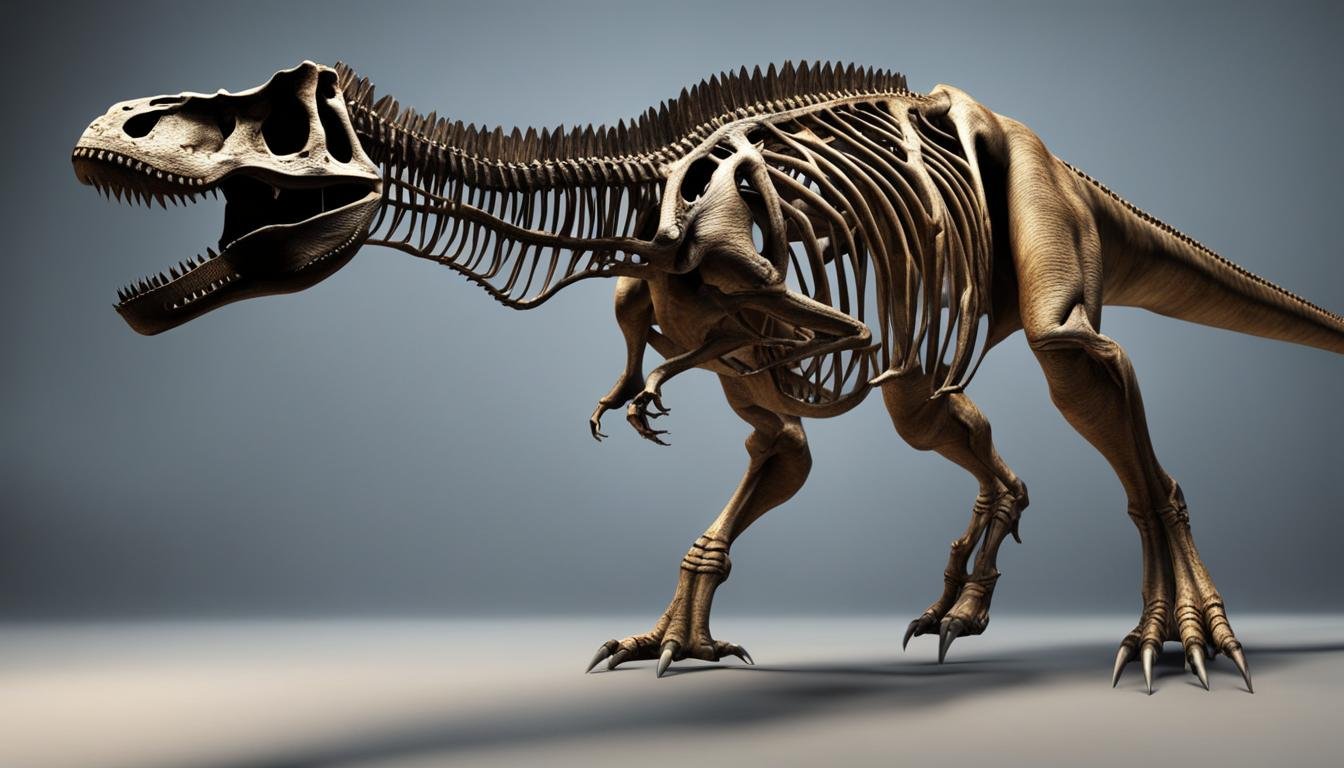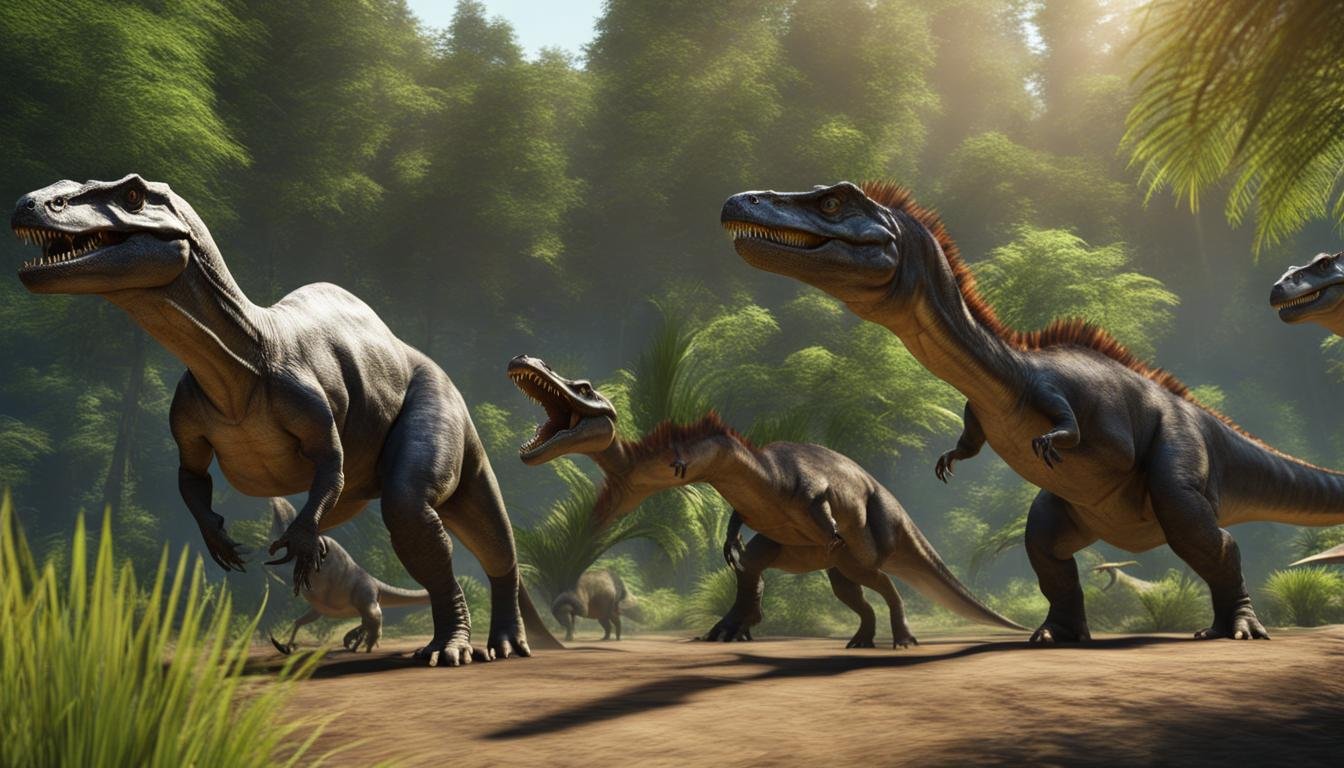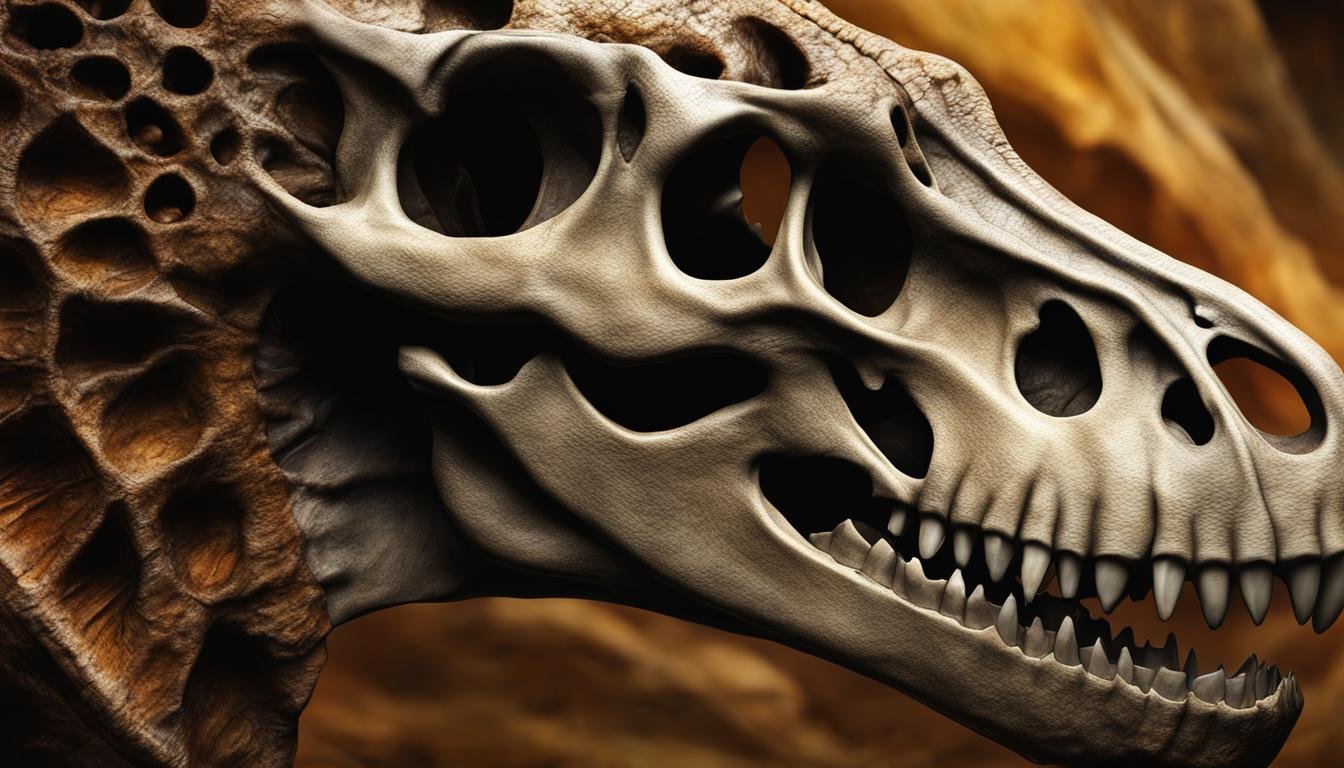Dinosaurs have long fascinated scientists with their intriguing features, including horns, crests, and plates. These ornamental structures have raised numerous questions about their purpose and evolutionary significance. Researchers have proposed various theories, ranging from defense mechanisms to species recognition and communication. Understanding the role of horns and crests in dinosaur evolution is crucial for unraveling the mysteries of these fascinating creatures.
The Evolutionary History of Horned Dinosaurs
Paleontologists have long studied the strange structures found on dinosaurs, such as horns, crests, and plates. These ornamental features have intrigued scientists for years, as they serve various purposes and have evolved over time. One fascinating aspect of horned dinosaurs is their evolutionary history and the role these ornaments played in their development.
Research suggests that species recognition may have driven the evolution of horned dinosaurs. These dinosaurs may have developed their elaborate ornamentation as a way to identify members of their own species, particularly for mating purposes. By studying the patterns of variation in these features among different species, scientists can gain insights into the evolutionary history of horned dinosaurs.
One interesting finding is that the diversity of skull ornamentation among horned dinosaurs supports the hypothesis of species recognition. These dinosaurs exhibit a wide range of horn shapes, sizes, and arrangements, indicating that distinct ornamental features may have allowed individuals to easily identify members of their own species and avoid mating with individuals from different species. Fossil evidence also suggests that closely related species with different ornamentation lived in the same areas, further supporting the idea of species recognition.
The Evolution of Horned Dinosaurs
The evolution of ornamental structures in dinosaurs is a complex process that continues to fascinate scientists. While there is still much to learn about the exact function and significance of these features, ongoing research and analysis of fossil specimens provide valuable insights into the evolutionary history and behavior of horned dinosaurs.
| Dinosaur Species | Ornamentation | Evolutionary Significance |
|---|---|---|
| Triceratops | Three prominent horns, bony frill | Species recognition, defense against predators |
| Styracosaurus | Single horn on nose, bony frill with spikes | Species recognition, defense against predators |
| Pentaceratops | Five horns, bony frill | Species recognition, defense against predators |
“The diversity of skull ornamentation among horned dinosaurs provides evidence for species recognition and communication.”
The Function of Ornamental Structures
Various theories have been proposed to explain the function of ornamental structures in dinosaurs. These include defense against predators, social signaling within a species, and communication during mating rituals. For example, the bony crests and horns on the heads of some dinosaurs may have served as visual displays to attract mates or establish dominance within a group. Additionally, these structures could have played a role in interspecies recognition and communication. The exact purpose of these ornamental features is still a topic of ongoing research and debate among scientists.
In some cases, ornamental structures may have functioned as defense mechanisms. The spikes, horns, and plates found in certain dinosaurs could have been used for threat displays, intimidating predators or rival individuals. By having large and prominent ornaments, these dinosaurs may have been able to establish dominance within their species and deter potential threats. However, the specific function of bone ornaments in defense is not fully understood and requires further investigation.
Another proposed function of ornamental structures is social signaling within a species. Visual displays such as elaborate crests and horns might have allowed individuals to communicate their social status or reproductive fitness to others. These features could have played a role in mate selection and competition for mates, as well as establishing hierarchies within groups. However, more research is needed to fully understand the mechanisms and complexities of social signaling through ornamental structures in dinosaurs.
Examples of Ornamental Structures in Dinosaurs
| Dinosaur | Ornamental Structure | Possible Function |
|---|---|---|
| Triceratops | Large frill and three horns | Mate attraction, species recognition, defense |
| Stegosaurus | Double row of plates along the back | Threat display, species recognition |
| Parasaurolophus | Elaborate crest on top of the head | Sound production, communication |
Overall, the function of ornamental structures in dinosaurs is likely to be multifaceted and could have served different purposes in different species. These features may have played a role in defense, social signaling, and interspecies communication. Understanding the function and significance of ornamental structures can provide valuable insights into the behavior and evolution of dinosaurs, shedding light on their complex adaptations and interactions within prehistoric ecosystems.
Patterns of Ornamentation in Theropod Dinosaurs
Theropod dinosaurs, a group that includes well-known species like Tyrannosaurus rex and Velociraptor, exhibit a wide range of ornamentation on their heads and bodies. These ornamental structures, such as bony crests, horns, and knobs, have intrigued scientists for years. New research has shed light on the patterns of ornamentation and their potential significance in theropod evolution.
A recent study found that theropod dinosaurs with bony head ornaments evolved to giant body sizes at a faster rate than those without such ornamentation. This suggests that these structures may have played a role in sexual selection, with individuals possessing larger and more elaborate ornaments being more successful in attracting mates. These findings support the idea that sexual selection was a driving force in the evolution of dinosaur ornamentation.
Interestingly, the study also revealed that the closest relatives of birds, which belong to the theropod group, evolved feathers for visual communication instead of bony head ornaments. This suggests that the evolution of ornamental features in theropods was not limited to the development of simple feathers, but also included more complex structures like crests and horns.
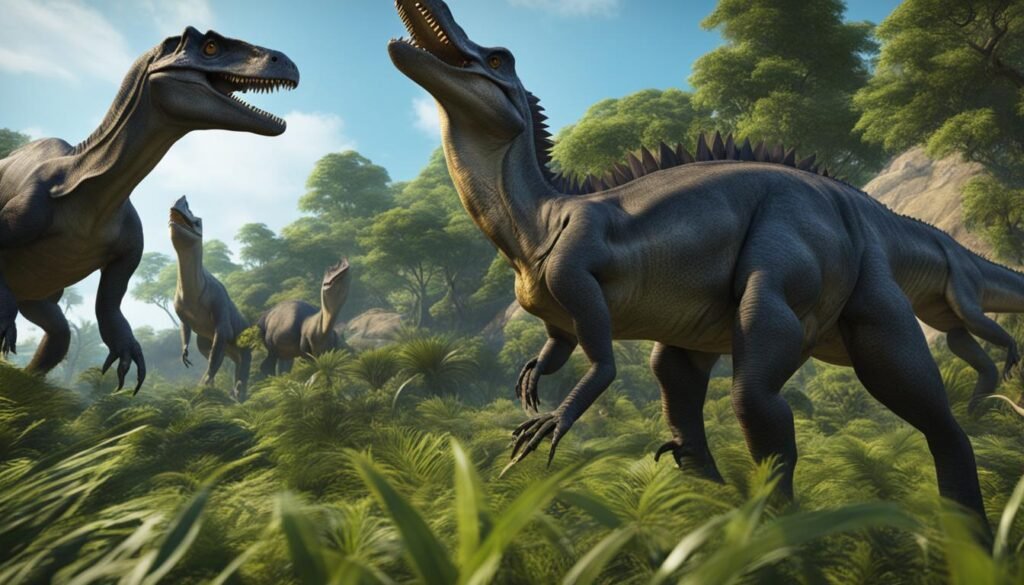
The Diversity of Horned Dinosaurs
Horned dinosaurs, also known as ceratopsians, exhibit a fascinating array of skull ornamentation that sets them apart from other dinosaur species. These unique features include horns, frills, and other structures that vary in size, shape, and arrangement. The evolution of this diversity in horned dinosaurs may have been driven by the need for species recognition within a population. By developing distinct ornamental features, individuals could easily identify members of their own species and avoid mating with individuals from different species.
Fossil evidence supports this hypothesis, as closely related species with different ornamentation have been found to coexist in the same areas. For example, in the Late Cretaceous period, the Triceratops genus included several species with varying horn configurations. These differences likely played a key role in species recognition and helped individuals maintain their unique gene pools. Additionally, the diversity of skull ornamentation among horned dinosaurs may have provided visual signals for intra-species communication and social hierarchy.
| Dinosaur Species | Skull Ornamentation | Distinctive Features |
|---|---|---|
| Triceratops | Long brow horns | Massive frill |
| Pentaceratops | Circular frill with forward-curving horns | Short snout with small nose horn |
| Kosmoceratops | Elaborate frill with multiple horns | Unique nasal horn arrangement |
The intricate variation in skull ornamentation among horned dinosaurs not only highlights the diverse species that existed but also sheds light on their evolutionary path. By examining the fossil record and comparing the different features, paleontologists can gain insights into the evolutionary relationships between these species and understand how ornamentation played a role in their survival and adaptation to various environments.
Further research and analysis of fossil specimens will continue to enhance our understanding of the diversity of horned dinosaurs and their intricate skull ornamentation. By unraveling the evolutionary significance of these features, we can gain valuable insights into the behaviors and ecological dynamics of these fascinating creatures that roamed the Earth millions of years ago.
The Role of Bone Ornaments in Defense
Scientists have long debated the function of bone ornaments found in dinosaurs, such as spikes, horns, and plates. One prevailing theory is that these structures served as defensive weapons, allowing dinosaurs to intimidate predators or rival individuals. The size, shape, and arrangement of these ornaments may have played a crucial role in establishing dominance within a species and deterring potential threats.
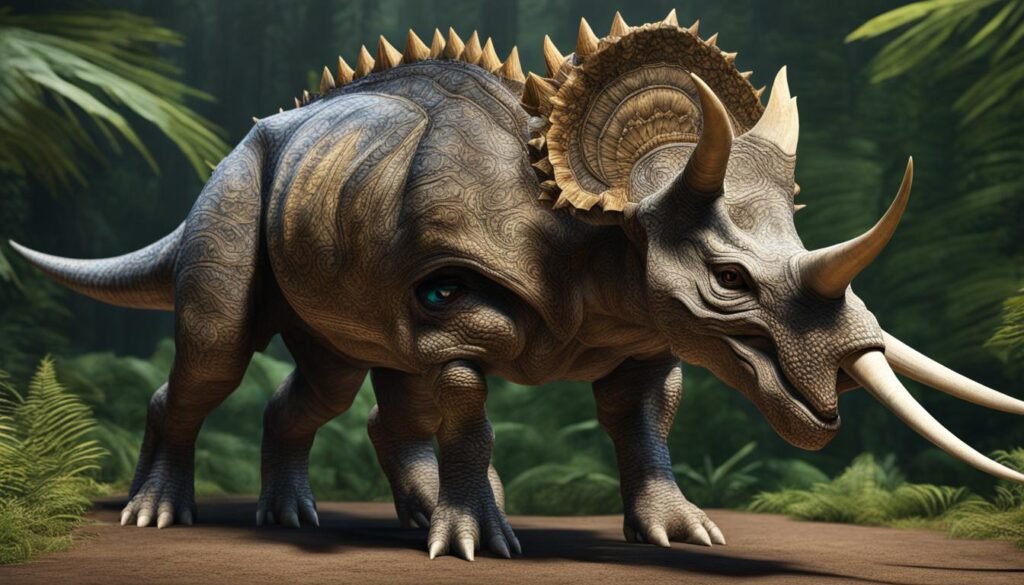
These bone ornaments could have been used for threat displays, effectively conveying a message of danger to would-be attackers. By showcasing their impressive and intimidating features, dinosaurs may have successfully deterred predators and reduced the risk of encountering dangerous situations. However, the precise function of bone ornaments in defense is still a topic of ongoing scientific investigation.
Further research is needed to understand how these ornamental structures were used in defensive behaviors and how they contributed to the survival and evolution of dinosaurs. By studying fossil evidence, paleontologists can gain valuable insights into the various forms and functions of bone ornaments, painting a clearer picture of these intriguing and enigmatic creatures.
Environmental Adaptation and Horn Evolution
Dinosaurs inhabited diverse environments, and their horns evolved in response to the challenges they faced. Horn evolution is closely linked to the adaptation of species to their surroundings. These ornamental structures served multiple purposes, including species identification and environmental navigation.
One example of environmental adaptation can be seen in the long, curved horns of ceratopsians like Triceratops. These horns may have helped them navigate dense vegetation and brush aside obstacles in their path. The unique shape and size of these horns allowed these dinosaurs to thrive in their specific habitats.
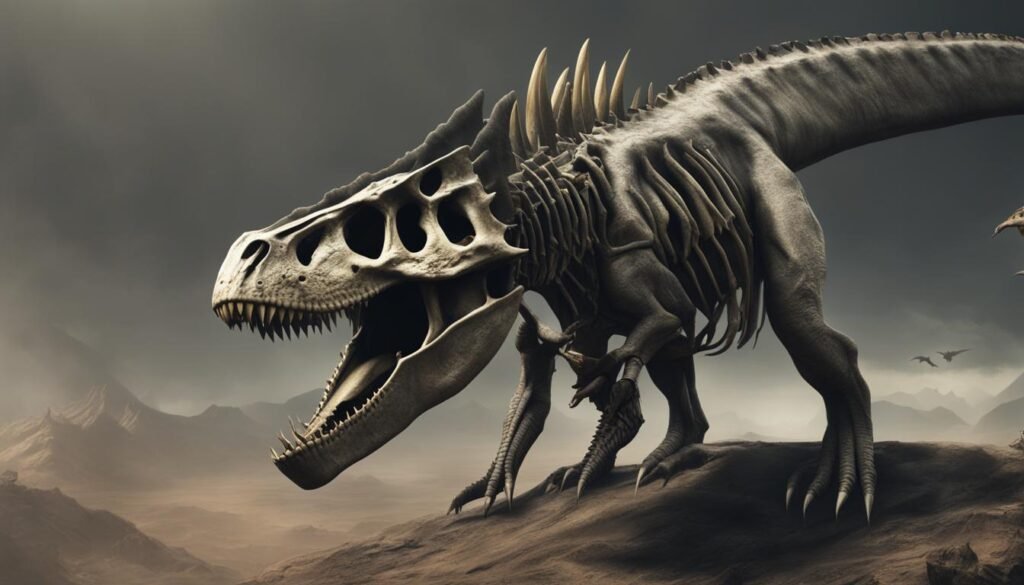
This image illustrates the remarkable diversity of horned dinosaurs and their horn evolution. Different species developed a variety of horn morphologies that suited their respective environments. From small, stubby horns to large, elaborate frills, these ornamental features played a crucial role in species identification and adaptation to their surroundings.
The relationship between environment and horn evolution provides valuable insights into the ecological dynamics of prehistoric ecosystems. By studying the fossil record and analyzing the structure and function of horned dinosaurs, scientists can gain a deeper understanding of how these creatures thrived and survived in their environments.
| Environment | Horn Morphology | Example Species |
|---|---|---|
| Open Grasslands | Long, curved horns | Triceratops |
| Forest Undergrowth | Short, stubby horns | Pentaceratops |
| Mountainous Regions | Elaborate frills | Styracosaurus |
Future Research on the Function of Horns and Crests in Dinosaurs
Dinosaurs with horns and crests have long fascinated scientists, but there is still much to uncover about the function and significance of these ornamental features. Future research can focus on several avenues to deepen our understanding of their role in dinosaur evolution and behavior. One promising direction is the analysis of more fossil specimens to study the variation in ornamentation among different species. By examining a wide range of specimens, researchers can identify patterns and correlations that shed light on the evolutionary significance of these structures.
Furthermore, biomechanical and anatomical analyses can provide valuable insights into the functional aspects of horns and crests. By studying the structure and composition of these features, scientists can infer their potential use in defense, communication, or species recognition. For example, examining the internal structure of horned dinosaurs’ horns and crests may reveal clues about their strength and durability, offering insights into their role in defensive strategies.
Additionally, comparative studies can be conducted to explore the relationship between horn morphology and environmental adaptation. By analyzing the fossil record and studying the habitats of different dinosaur species, researchers can investigate whether specific horn shapes and sizes were favored in particular environments. This line of research can provide valuable information about how dinosaurs adapted to their surroundings and the ecological dynamics of prehistoric ecosystems.
The Importance of Fossil Analysis
Fossil analysis will play a vital role in future research on the function of horns and crests. By examining fossilized skulls and other skeletal remains, scientists can reconstruct the appearance and behavior of ancient dinosaurs. They can study the placement and structure of horns and crests in relation to other anatomical features, providing insights into their potential roles. Additionally, comparative analysis of fossil specimens from different time periods and geographical locations can reveal evolutionary trends and help researchers understand the factors that influenced the diversity of ornamentation among dinosaur species.
It is important to note that studying the function of horns and crests in dinosaurs requires a multidisciplinary approach. The integration of paleontology, biomechanics, anatomy, and environmental science will allow researchers to gather a comprehensive understanding of these fascinating features. By combining these different fields of study, we can unlock the mysteries surrounding the function and evolutionary significance of horns and crests in dinosaurs, providing valuable insights into the behavior and survival strategies of these ancient creatures.
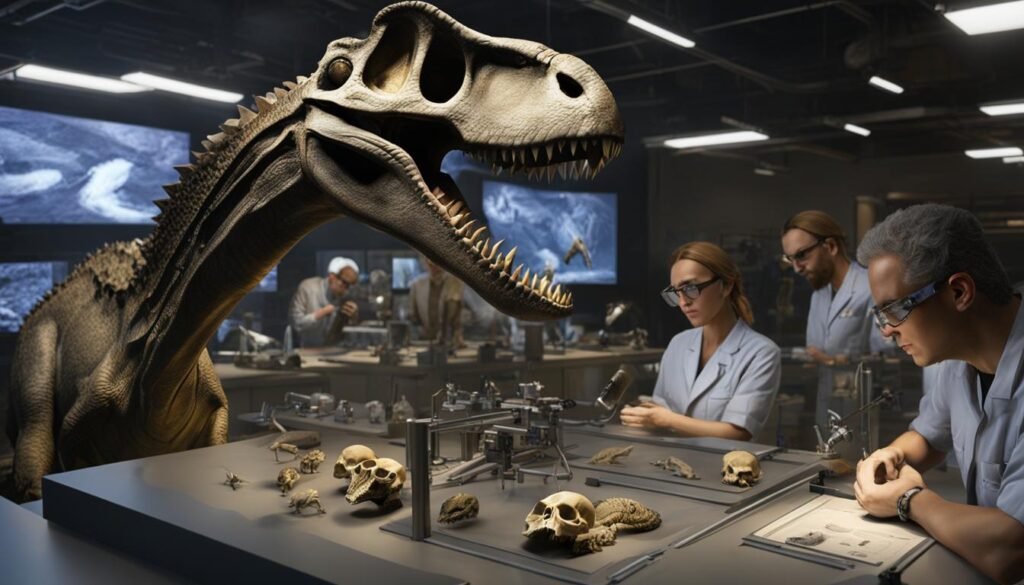
Potential Research Avenues for Understanding Horn and Crest Function
| Research Avenue | Description |
|---|---|
| Fossil Analysis | Examine a diverse range of fossil specimens to identify patterns in ornamentation and correlate with other anatomical features. |
| Biomechanical and Anatomical Analysis | Investigate the physical properties and internal structure of horns and crests to infer their functional roles. |
| Comparative Studies | Analyze the relationship between horn morphology and environmental adaptation to understand the ecological dynamics of dinosaur habitats. |
| Multidisciplinary Approach | Integrate paleontology, biomechanics, anatomy, and environmental science to gain a comprehensive understanding of horn and crest function. |
Conclusion
The Role of Horns and Crests in dinosaurs has long fascinated scientists, as these ornamental features have been theorized to serve various functions. While the exact role of these structures in dinosaur evolution remains unclear, recent research suggests that sexual selection may have played a significant role in their development.
The diversity of ornamental features among horned dinosaurs supports the hypothesis that these structures were involved in species recognition and communication. By having distinct ornamental features, individuals could easily identify members of their own species. This ability to recognize and communicate with conspecifics would have been vital for successful mating and the continuation of the species.
Further research is needed to fully understand the evolutionary significance of these ornamental features and their impact on dinosaur behavior and survival. By analyzing more fossil specimens and conducting biomechanical and anatomical analyses, scientists can gain a deeper understanding of how horns and crests evolved and their significance in dinosaur life.

